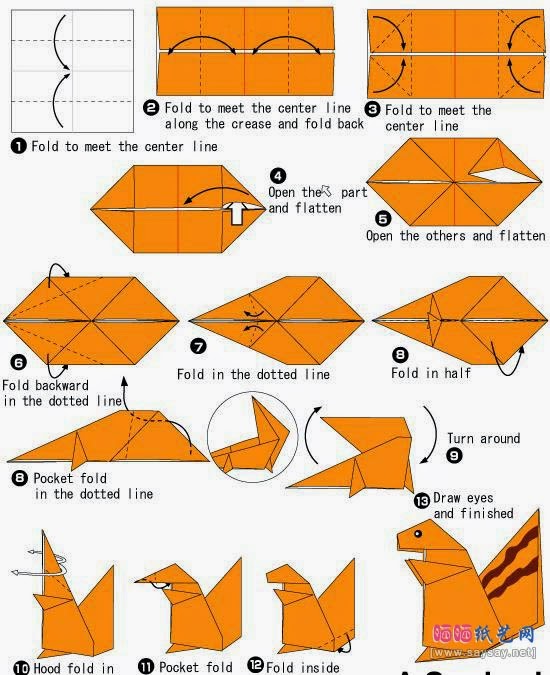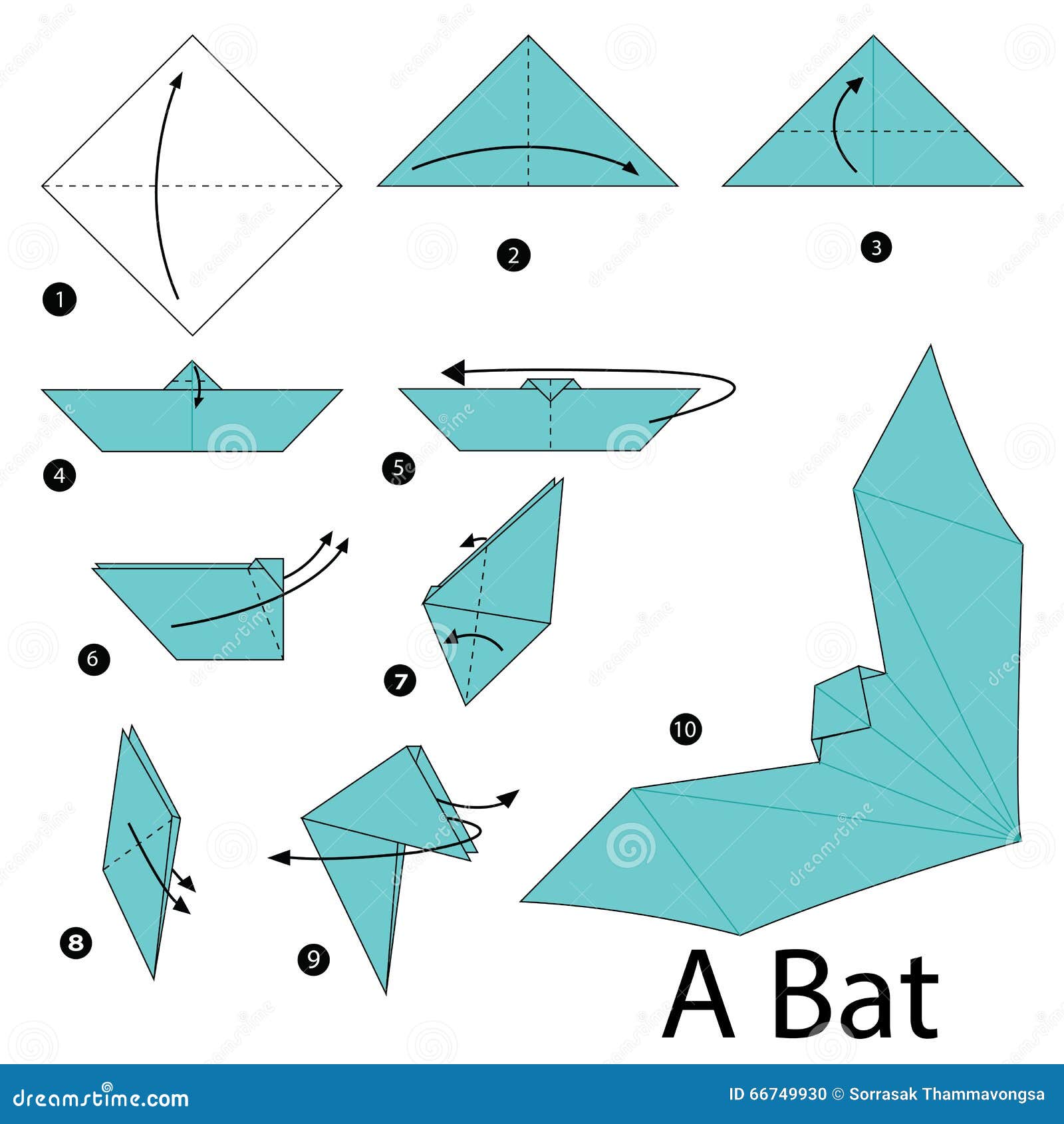
#Easy origami animals spiral bound series#
In 1851, German physiologist Otto Funke published a series of articles in which he described growing hemoglobin crystals by successively diluting red blood cells with a solvent such as pure water, alcohol or ether, followed by slow evaporation of the solvent from the resulting protein solution. Īlthough blood had been known to carry oxygen since at least 1794, the oxygen-carrying property of hemoglobin was described by Hünefeld in 1840. However, Gilbert Smithson Adair confirmed Engelhart's results in 1925 by measuring the osmotic pressure of hemoglobin solutions. This "hasty conclusion" drew ridicule from colleagues who could not believe that any molecule could be so large. From the known atomic mass of iron he calculated the molecular mass of hemoglobin to n × 16000 ( n = number of iron atoms per hemoglobin, now known to be 4), the first determination of a protein's molecular mass. In 1825, Johann Friedrich Engelhart discovered that the ratio of iron to protein is identical in the hemoglobins of several species.

Max Perutz won the Nobel Prize for chemistry for his work determining the molecular structure of hemoglobin and myoglobin The medical condition hemoglobinemia, a form of anemia, is caused by intravascular hemolysis, in which hemoglobin leaks from red blood cells into the blood plasma. A variant called leghemoglobin serves to scavenge oxygen away from anaerobic systems such as the nitrogen-fixing nodules of leguminous plants, preventing oxygen poisoning. In these organisms, hemoglobins may carry oxygen, or they may transport and regulate other small molecules and ions such as carbon dioxide, nitric oxide, hydrogen sulfide and sulfide. Hemoglobin and hemoglobin-like molecules are also found in many invertebrates, fungi, and plants. Excessive glucose in the blood can attach to hemoglobin and raise the level of hemoglobin A1c. In these tissues, hemoglobin absorbs unneeded oxygen as an antioxidant, and regulates iron metabolism.

Hemoglobin is also found in other cells, including in the A9 dopaminergic neurons of the substantia nigra, macrophages, alveolar cells, lungs, retinal pigment epithelium, hepatocytes, mesangial cells of the kidney, endometrial cells, cervical cells, and vaginal epithelial cells. The molecule also carries the important regulatory molecule nitric oxide bound to a thiol group in the globin protein, releasing it at the same time as oxygen. It carries off some of the body's respiratory carbon dioxide (about 20–25% of the total) as carbaminohemoglobin, in which CO 2 binds to the heme protein. The mammalian hemoglobin molecule can bind and transport up to four oxygen molecules. Hemoglobin has an oxygen-binding capacity of 1.34 mL O 2 per gram, which increases the total blood oxygen capacity seventy-fold compared to dissolved oxygen in blood plasma alone. In mammals, hemoglobin makes up about 96% of a red blood cell's weight excluding water, and around 35% of the total weight including water. Hemoglobin is a metalloprotein and chromoprotein. A healthy human has 12 to 20 grams of hemoglobin in every 100 mL of blood. Hemoglobin in blood carries oxygen from the respiratory organs ( lungs or gills) to the other tissues of the body, where it releases the oxygen to enable aerobic respiration which powers the animal's metabolism. Hemoglobin ( also spelled haemoglobin, abbreviated Hb or Hgb), is the iron-containing oxygen-transport protein present in red blood cells (erythrocytes) of almost all vertebrates (the exception being the fish family Channichthyidae) as well as the tissues of some invertebrate animals.

α and β globin subunits are in red and blue, respectively, and the iron-containing heme groups in green.


 0 kommentar(er)
0 kommentar(er)
